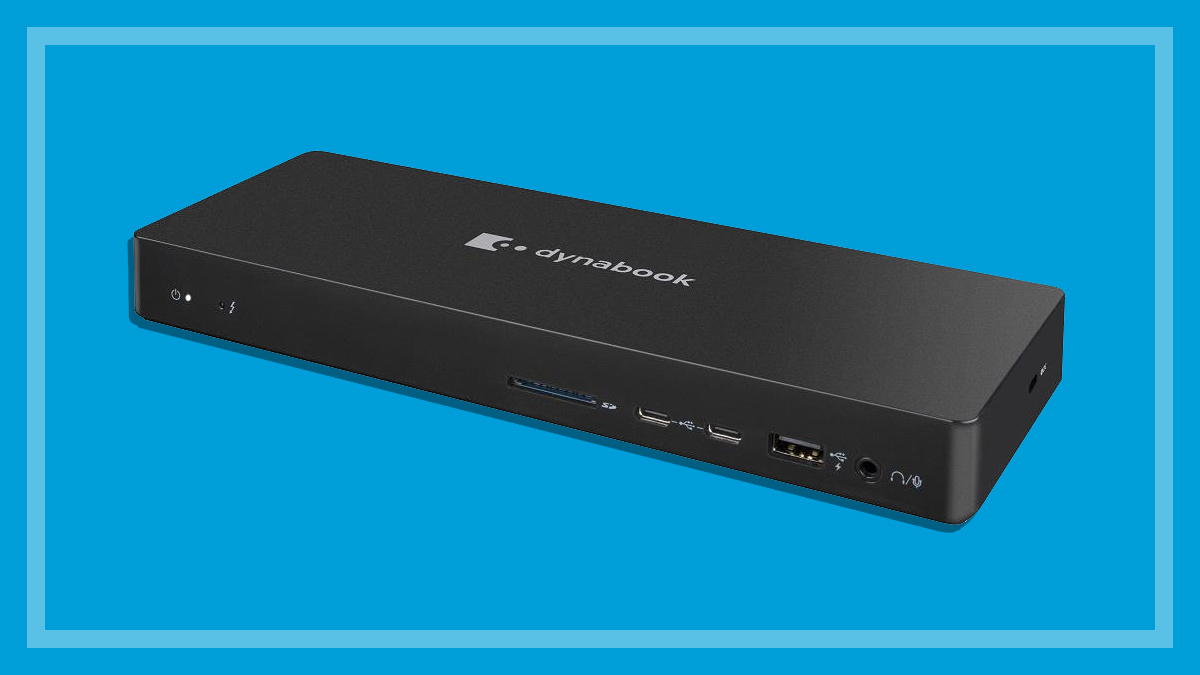Get our independent lab tests, expert reviews and honest advice.
How to buy the best surge protector or UPS

You’ve just spent a bunch on the latest TV, home entertainment system or computer, but did you know a massive surge of electricity could kill your valuable equipment in a microsecond? Power surges, caused by disruptions like lightning or downed power lines, can strike at any time, and if your gadgets aren’t protected they can be fried instantly.
On this page:
- Surge protector or uninterruptible power supply (UPS)?
- Surge protectors – what to look for
- UPS – what to look for
- Cost
What are the odds of a lightning strike?
They’re more likely in country areas, but the thing is you don’t even have to be struck by lightning to damage your electronic equipment. Even the normal ups and downs of electricity supply can damage your equipment over time. Less dramatic power fluctuations happen all the time without us knowing, and long-term exposure to brownouts, blackouts and just plain ‘dirty’ power can also damage your gear. These smaller spikes, surges and voltage drops gradually weaken electronic components and eventually lead to equipment failure.
It’s worth looking for good quality power surge protection, but it isn’t always easy to identify what’s right for you by what’s written on the box. Our past tests have found there is often little correlation between the joule/clamping voltage ratings on the packaging and the surge protector’s actual performance, so it pays to be sure. The good news is, we’ve also found you don’t need to spend very much money to get a good surge protector power board. A higher cost doesn’t necessarily mean stronger protection – it might just mean more outlets and other features. Look for a reputable brand.
An alternative to a portable surge protector board is to have surge protection for the whole house built into your mains power board by an electrician. However, surge protector boards or UPS (uninterruptible power supply) units are cheaper and can be used by anyone.
Surge protector or uninterruptible power supply (UPS)?
Surge protectors keep your equipment safe by making sure only a designated amount of power actually reaches your connected equipment. You can buy them as single-outlet units or multi-outlet power boards.
A UPS does all that too, but they provide a back-up power supply for a limited amount of time in case of a blackout. This means if the power fails you have a bit of time to save your work on your computer and shut it down normally. Some UPS units also smooth out fluctuations in your power supply, helping to protect your equipment in the longer term.
Surge protectors – what to look for
Level of surge protection
As a general rule, if you live in a city there’s less chance of a severe surge making it to your home and you can probably get by with a rating of around 2000 volts (2kV), whereas in a country area, you’ll probably need around 4000 volts (4kV). Figures are given on the packaging.
Will you know it’s working?
It’s important that a surge protector works, so make sure you can tell if it isn’t. Look for:
- Protection status lights, which indicate whether the surge protection is active or not.
- A failsafe, which prevents the unit working as a normal power board if surge protection fails.
Outlets
Think about how many devices you need to connect to the surge protector – they usually have four to eight sockets. Also check out the spacing of the outlets if you need to connect larger plugs like transformer blocks.
Protection for communication port connections
Some boards provide protection for communication ports like coaxial cables, Ethernet networks, modems, phone and fax lines.
Circuit-breakers aren’t the same thing
Overload is caused by connected devices drawing too much current – for example, using high-draw devices like a toaster and a kettle at the same time. A circuit breaker is designed to cut power to the board to prevent damage and possibly even a fire. Whether surge protected or not, most power boards will have a circuit breaker fuse or overload switch built in. It’s important to note that an overload switch does NOT provide any form of surge protection.
Warranty
Some surge protection boards and UPS units come with a warranty to cover connected equipment for amounts up to six figures. The idea is that if any of your equipment connected to the UPS or surge protector suffers damage while connected, it’s covered for repair or replacement. But read the fine print, as you may have a hard time collecting the money – there are strict requirements and you may not even be covered in Australia at all.
Also, some surge protection devices will specifically say they won’t protect against a lightning strike, while others will claim protection from lightning, as well as spikes and surges. Some will claim protection from spikes and surges but not mention lightning.
Building wiring status indicator
Some surge protectors will detect potentially dangerous wiring problems in the wall outlet and warn you with an indicator light.
Smoothing out power fluctuations
Power fluctuations are inevitable, and they are worse in some areas than others. They can damage your equipment over the long term. Some surge protectors and UPS units provide line conditioning – or for the technically minded, electromagnetic interference (EMI) noise filtration. This reduces or eliminates line noise (electrical interference) and provides a cleaner line of power, protecting your equipment from power sags and spikes.
UPS – what to look for
UPS types:
- Line interactive These tend to be the better option, but often cost more. In addition to battery backup, they also regulate power to an acceptable level to smooth out the power supply in the event of minor power sags.
- Standby (also called offline) These remain in standby mode until the power supply fails, then the battery takes over. They are generally the cheapest of the three types, but don’t provide line conditioning.
- Online or double-conversion These are generally only used industrially.
Apart from the above points, consider the following extra features for a UPS:
Software
Many UPS units come with power management software that configures and monitors the UPS and enables unattended shutdown of a connected computer if the power goes out. Once the UPS detects significant power sag, or a total dropout, it immediately triggers the management software to save your documents and shut down the computer properly.
Tip: Make sure the software is compatible with your operating system.
Size (power and battery capacity)
Depending on the size of your UPS, you’ll usually want to have around 5-15 minutes to save all your documents and shut everything down safely when the power goes out. If you actually want to keep on working, using power from the UPS alone, you’ll want a much greater battery capacity. This is not the same as the power capacity of a UPS, which is represented by a VA rating (a measure of the power the UPS is capable of producing). Just looking at the VA rating isn’t the best indicator of the size of the UPS you’ll need. How the VA rating translates into extended uptime will also depend on the number and type of devices you have connected and the capacity of its batteries.
As a general rule, for a single PC, monitor, and extra peripheral or two, you can generally get away with a unit rated around 650VA or less. This type of unit should be matched with a big enough battery to give you enough time to save your work and properly shut down your PC in the event of a power blackout. But it won’t let you keep on working on UPS power alone.
So, firstly you’ll need to know what VA rating your UPS will need. To work this out accurately you’ll need a meter to measure the power your equipment is drawing. Most home users probably won’t do this and you don’t have to because you can get a ballpark figure by looking at the power supply rating of your computer and associated equipment that you want to connect to the UPS.
Note that this is the maximum that it will draw, and in general use the figure should be less. Though Volt-Amperes (VA) are the standard measurement used to describe the capacity of UPS units, its not the full story. A good rule of thumb is that 1.5-2 times the wattage load will give you the minimum VA rating to look for. This will give you a unit that will handle the load of the connected equipment when the power cuts out. But working out how long it will keep going is another matter.
To figure out how long the battery will last when the lights go out means calculating the runtime of the UPS under load, which is relatively complex and involves digging figures on battery voltage, Ampere-Hours (AH) rating and more. It’s generally much easier to look to the manufacturer’s website or product information for a UPS selection guide.
Some of the bigger names will also have an interactive calculation tool that can help. Note, however, that it’s best to err on the high side in selecting a UPS model. Allow a generous amount of extra battery capacity. Basically, the bigger the UPS capacity, the longer uptime you will have.
How much does a UPS cost to run?
The more powerful your UPS, the more it’s going to cost to run because, being a battery back-up system, a UPS is designed to run continuously all year ’round. For example, based on the usage scenario of 24hr/day, at 25c per kilowatt hour (kWh), the annual running cost of a 1500VA system would be almost $60.
Battery
Due to the potentially dangerous voltages involved, some UPS units require the battery to be replaced by an authorised technician. A user-replaceable battery means you won’t have to send the unit back for service when it needs a new battery, saving you time and money when it’s ready to give up the ghost.
Visual and audio indicators
A visual warning, like LEDs on the front or top of the UPS, can provide information about the system’s major functions. An audible warning of important conditions is useful if the UPS is kept out of sight, such as under a desk.
Cost
Surge protectors range in price from under $10 to $300 or more.
UPS units start around $100 but can cost more than $1000.





